Niteskool Changed His Life
A music major at Northwestern, Russo realized by his junior year that he wasn’t going to be a performer. “To be honest, I didn’t have that kind of talent,” he says. “But I didn’t know exactly what I wanted to do in the music business.”
It was what Russo did outside his major that helped him figure that out. He wrote music for the Waa-Mu Show, played in several bands (including the house band for the Mee-Ow Show) and hung out with a lot of musicians from many genres. He also got involved with the newly formed Niteskool Project, a student-run record label and music video production company that began in 1983. (See “Course Correction.”)
“I started taking a computer music class, computer programming, and then an analog synthesis class, and that started to ignite some things in me,” he recalls. “Then I got into Benj Kanters’ recording class — and that was exactly when my brain went ‘Kaboom!’ ”
“I went over to Benj’s Evanston studio, Studiomedia Recording Co., on a Niteskool project,” Russo recalls. “Walking into that recording studio, it all suddenly made sense. These records that I loved but never really understood how they were made, it all came to me in a way — through Benj’s class and working on the Niteskool projects. I was like, ‘Oh, my God. This is it. This is what Steely Dan and Pink Floyd and all those bands are about.’
“Niteskool was the springboard for me.”
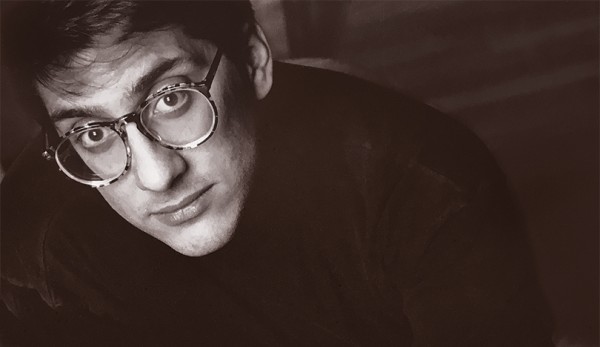
Thom Russo on the job at Chicago's River North Records in 1989. Photo by Alex Garcia.
Russo immediately realized he wanted to be in the music production/recording business and lined up an internship at River North Records in Chicago. Before graduation the studio offered him a full-time job. He spent two years honing his technical chops on everything from commercial music and ad jingles to rock, jazz and R&B album projects before deciding he wanted to solely make records. So he headed to Los Angeles “to be in a place where the music industry thrived.”
After a brief job search he had offers from two of the most prominent studios in the world — Larrabee Studios and Ocean Way. He ended up working on staff at both but went on to spend most of his time at Larrabee, and he has been working in the recording industry ever since.
Music production has undergone a lot of changes since Russo started his career.
The majority of the big, high-profile studios have all closed, and while many smaller ones remain, most don’t keep a large number of production people in-house. About 16 years ago Russo realized that being a house engineer was holding him back, so he became an independent contractor. Most artists seek out the independent producers when they make big records, so musicians come to Russo’s studio in North Hollywood.
***
Today Russo produces, co-writes and mixes albums for some of the newest up-and-coming musicians: Los Hollywood, Will and the People, Félix y Gil, Charlotte Lawrence, Luis Gamarra and Barns Courtney.
One of his latest collaborations is with his wife, actress Alanna Ubach. The two are beginning work on an album of songs inspired by the Academy Award–winning movie Coco, in which Ubach played the role of Mamá Imelda. Of Puerto Rican and Mexican descent, Ubach is planning to record traditional songs from Mexico with some of Mexico’s biggest artists, liaised through Russo’s contacts.
Meanwhile, Russo continues to work with the young singer at the Brit School who shows such promise. Stay tuned!
Stephanie Russell is executive editor of Northwestern Magazine. Alex Garcia ’89 is a Chicago-based photographer and photojournalist.
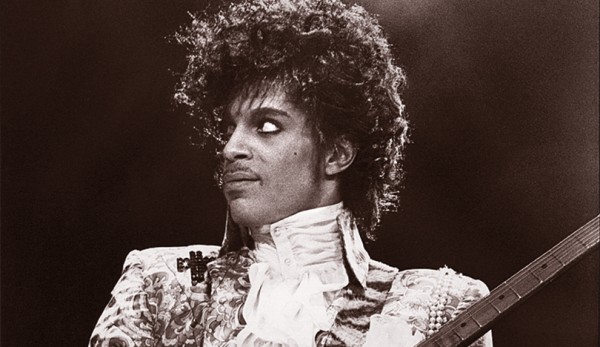

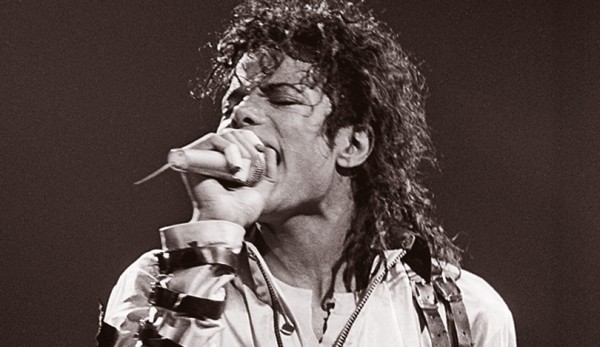
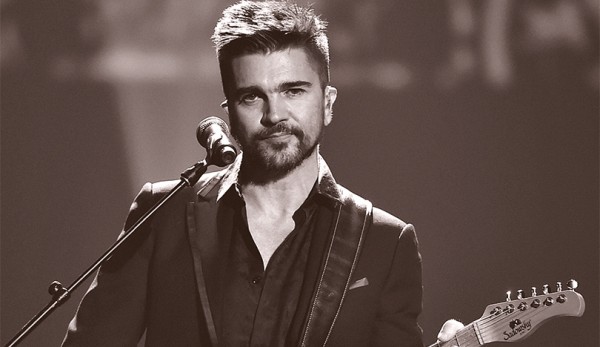



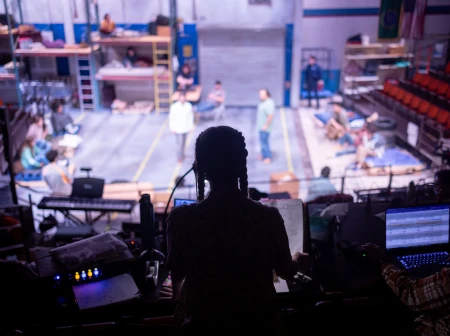

Reader Responses
No one has commented on this page yet.
Submit a Response